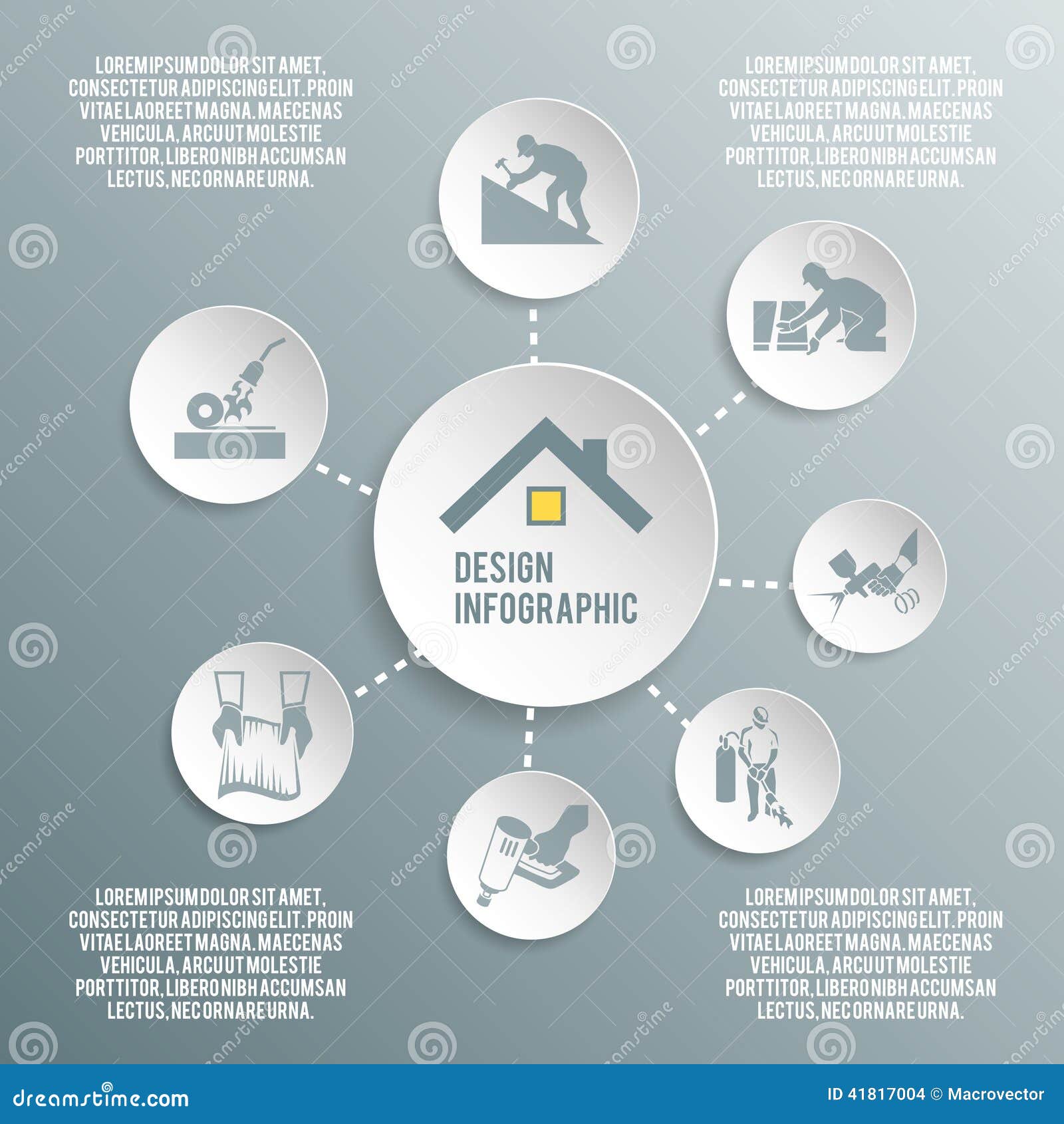Just How To Area Roof Covering Damages Before It Becomes A Significant Trouble
Just How To Area Roof Covering Damages Before It Becomes A Significant Trouble
Blog Article
Web Content Created By-Drew Davies
To protect your home from potential costly repair work, identifying roof covering damage very early is important. By keeping an eye out for refined indications like missing out on shingles or water stains, you can capture problems before they worsen. Yet what regarding those typically overlooked locations that could mean hidden troubles hiding above you? Keep tuned to find vital pointers for spotting roof damage before it intensifies into a significant frustration.
Very Early Indication
Spotting roof covering damages early can save you money and time. One key early warning sign to look out for is missing out on or damaged roof shingles. If you see any type of roof shingles that are broken, crinkling, or totally missing out on, it's necessary to deal with the problem quickly. These harmed tiles can leave your roofing susceptible to leakages and further damages.
Another indicator to look for is water spots on your ceiling or wall surfaces. These discolorations can indicate a leakage in your roofing system that requires instant interest. Overlooking visit the up coming webpage can lead to more extensive and expensive fixings down the line.
Furthermore, be on kitchen designer san antonio for any type of indications of drooping or drooping areas on your roof covering, as this might suggest architectural damage that requires to be fixed without delay.
Exterior Inspection Tips
Routinely checking the outside of your roof is vital for keeping its honesty and identifying prospective damages early. Start by analyzing the roof shingles-- look for any kind of missing out on, split, or curling tiles, as these can be signs of roofing damage.
Inspect the gutters for granules from the shingles, as excessive granule loss might symbolize aging or weathering. floor refinishing san antonio on the flashing around vents, chimneys, and skylights, ensuring they're tightly secured and free of cracks.
Try to find signs of moss, algae, or mold and mildew development, as these can cause roofing system damage otherwise addressed without delay. Additionally, check the fascia and soffits for any water spots or rot, which can indicate water damages.
Finally, evaluate the general condition of your roofing from the ground, looking for any drooping areas or noticeable dips. By conducting these outside evaluations routinely, you can catch roof damages early and stop it from developing into a major problem.
Inside Red Flags
When examining your roofing for prospective damage, don't ignore the significance of checking the inside of your home. Interior warnings can typically be early indicators of roof covering issues that need interest.
Begin by analyzing your ceilings for any type of water spots or discoloration, as these could signal a leakage in the roof covering. One more essential area to inspect is the attic room, where indicators of water damage, mold, or mold might indicate a roofing system problem.
Pay very close attention to any kind of moldy odors or a recognizable rise in moisture degrees, as these can also be indications of water breach from a harmed roof. Additionally, drooping locations in the ceiling or wall surfaces need to be taken seriously, as they could be an outcome of water damages deteriorating the framework.
If you see any of these indoor warnings, it's important to have a professional contractor assess the circumstance without delay to stop more damages and pricey repair services.
Final thought
By staying alert and routinely checking for very early warning signs of roof covering damages, you can prevent minor issues from developing into significant issues. Watch out for missing or harmed shingles, water spots on ceilings or wall surfaces, and any type of drooping or sagging areas on the roof covering. By dealing with these concerns quickly, you can conserve on your own from pricey fixings and guarantee your roofing remains in good condition for several years to come. Stay proactive and safeguard your home from potential damages.
